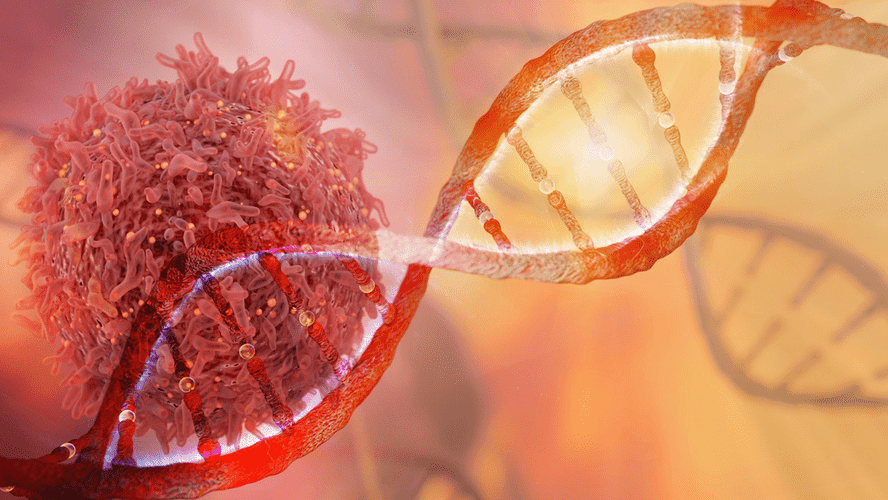Understanding Alcohol Tolerance Center for Wellness and Health Promotion
May 24, 2022 | by Ramreiso Kasar

They may also recommend lifestyle changes or other strategies to reduce your tolerance. Alcohol tolerance can make an individual feel like they need to drink more alcohol to get the same level of intoxication. This feeling can cause them to binge drink, putting them at risk of alcohol poisoning and other dangers of overdrinking. Older people take longer to metabolize alcohol due to changes such as lower volume of total body water and reduced liver function, leading to slower rates of elimination and low tolerance to alcohol. Have you ever wondered why some people can drink endless amounts of alcohol without feeling inebriated while others get tipsy before they finish their first glass? People who can “hold their liquor” have a high alcohol tolerance, while those who become intoxicated by relatively small quantities have low alcohol tolerance.
Medical Services
That means they will continue to respond in the same way to the same amount of antidepressant no matter how long they take the medication. Similar alcohol regulation of the internalization of GABAA receptors in neurons has been reported. Chronic alcohol exposure causes increased internalization of GABAA receptors (Kumar et al. 2003).
Reverse Alcohol Tolerance and Other Tolerance Types
There are several reasons why the construct of tolerance has fallen out of neurobiological inquiry. Historically, many studies of tolerance focused on physiological processes and measures that at least superficially have apparently little relevance to the development of addiction or AUD (e.g., locomotor activity and body temperature). Moreover, tolerance appears to be necessary but not sufficient for the development of more debilitating AUD symptoms that have received greater attention and research focus, such as withdrawal, craving, relapse, or the escalation of drinking. Nevertheless, there is a burgeoning reawakening of the link between neuroadaptations that are involved in driving the “dark side” of addiction and tolerance that deserve attention (Pietrzykowski et al., 2008; Koob, 2020; Koob, 2021). The only way to lower your tolerance for alcohol is to break the cycle of drinking. You have to stop consuming alcohol if you want to lower your tolerance.
How Alcohol Treatment Addresses Tolerance and Health
For example, upon cotransfection of HEK293 cells with both the BK channel main α-subunit and an auxiliary β1-subunit, the resulting BK channel is composed of α-β1 complexes. The association of the β1-subunit with the α-subunit prevents the potentiation of the channel by alcohol (Martin et al. 2004). Interestingly, the β4-subunit also reduces this potentiation (Feinberg-Zadek and Treistman 2007; Martin et al. 2004). The molecular mechanism of β-subunit regulation of BK channel alcohol sensitivity remains unclear. BK β4-subunits are abundant throughout the brain, whereas expression of BK β1-subunits is, in general, very low (Martin et al. 2004).
When Does Tolerance for Alcohol Form?
Low alcohol tolerance is likely if a person has never had alcohol or has not had enough to build up a chemical resistance to the presence of build up alcohol tolerance alcohol. A doctor may suggest taking higher or more frequent doses of the drug. People who experience unexpected changes in their ability to access medications or changes in the quality of drugs, such as the purity, strength, and composition, may also experience changes in their tolerance. People with a drug dependency need to gradually reduce the amount of the drug they take each day to help lessen, limit, or even avoid withdrawal symptoms.
Health & Wellness in Recovery
Drinking behavior that causes the person to exceed the 0.05% BAC threshold can increase the chances of binge drinking and developing alcohol dependence. An individual’s drinking habits play a significant role in whether or not they develop tolerance. People who drink regularly tend to have higher alcohol tolerance than infrequent drinkers.
- The molecular underpinnings of tolerance described in this review, including membrane lipids, regulatory RNA molecules, and channel protein subunits, may provide potential therapeutic targets for alcoholism treatment.
- Read more to learn how tolerance happens, whether a high drug tolerance indicates addiction, answers to frequently asked questions, and more.
- For individuals with a family history of alcoholism, this trigger point could be lower than others.
- This variation is due to levels of a metabolic enzyme called alcohol dehydrogenase (ADH) in the body.
Drinking Patterns

Invertebrate models also are extensively used to determine links between genes and behavior, including the development of tolerance to alcohol. It has been shown in both fruit fly and worm (C. elegans) that the behavioral response to alcohol is modified by targeting Slo channel function. In Drosophila, overexpression of Slo in neurons produces a phenotype mimicking alcohol tolerance. A neuron-specific loss-of-function mutation of Slo produces fruit flies unable to Substance abuse develop rapid tolerance to alcohol (Cowmeadow et al. 2005, 2006; Ghezzi et al. 2004).
What is Gray Area Drinking and Is It Dangerous?
- Sharma et al. (2014) showed that male mice that binge drank alcohol developed rapid tolerance to alcohol-induced increases in non-rapid-eye-movement sleep, measured by electroencephalography and electromyography.
- Once you are dependent, you will experience symptoms of withdrawal if you abruptly stop consuming alcohol, indicating an alcohol use disorder.
- Reverse alcohol tolerance is a critical state for the liver and can lead to other health complications.
Alcohol tolerance (AT) is the key element that explains why one individual can consume large quantities of drinks with fewer negative effects while another individual feels overwhelming intoxication with small amounts of alcohol. The effects of drinking may vary from one person to the other, and the history of alcohol use plays a significant role in AT. This is a real physical issue, and because it’s not well-known, it’s difficult to diagnose and treat effectively. It takes time to reduce the effects of alcohol tolerance but finding the right care and support can provide relief and lead you to less drinking and greater control.
The majority of Asians don’t have ADH and thus cannot metabolize alcohol. Some enzymes are present that can metabolize the substance, but at a prolonged rate, and they cannot compensate for the ADH deficiency. Thus Asians tend to get drunk a lot faster than Americans or Europeans. The difference is so dramatic that if an Asian person with ADH deficiency consumes the average amount consumed by people in the West, they might develop an alcohol flush reaction. This response causes red blotches to appear on the skin or face and back, and sometimes the whole body due to the accumulation of acetaldehyde that cannot be metabolized.

When place isn’t a factor, it’s called environment-independent or consumption-induced tolerance. It usually occurs in people with alcohol use disorders (AUDs), such as alcohol abuse and alcoholism. No matter what type of tolerance you may have developed, you want to be very thoughtful about how you proceed. Each type of tolerance is likely to lead to an increase in alcohol consumption and amplify your risks for developing dependence, organ damage, problems with completing tasks, and ultimately addiction.
RELATED POSTS
View all
